Dame’s Rocket, Hesperis matronalis (Sweet Rocket)
Dame's Rocket, Hesperis matronalis, is a common site along Wisconsin roadsides. We'll share how to identify and use your dame's rocket, and why you may not want to add it to your flower garden.
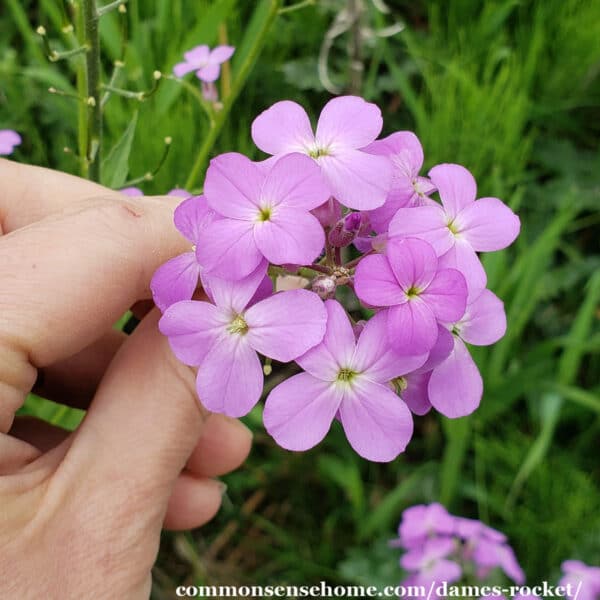
Dame's rocket is also known as sweet rocket, white rocket, purple rocket, damask violet, dame’s violet, dames-wort, dame’s gilliflower, queen’s gilliflower, rogue’s gilliflower, winter gilliflower, rucchette, roquette, summer lilac and night-scented gilliflower, vesper flower, and mother of the evening.
Hesperis comes from the Greek word ‘hespera', meaning evening – for when its scent is strongest.
Range and Identification of Dame's Rocket
Dame's rocket is native to Europe, but has spread through much of North America and Asia. It resembles garden phlox (Phlox paniculata) and Wild Blue Phlox (Phlox divaricata L.), but Dame's Rocket flowers have four petals and phlox flowers have five.
The plant tolerates a wide range of conditions, but it prefers part sun and loamy soil. You may find dame's rocket in disturbed areas, roadside ditches, in open woodlands, and near old homesteads.
Hesperis matronalis usually grows as an annual or biennial, rarely as a short lived perennial. It emerges in early spring as a basal rosette, before shooting up flower stalks 2-3 feet in height.
Leaves are oblong, coarsely toothed and lance shaped. They range from 1 to 3″ (2.5 to 7.5 cm) long. Fine hairs cover the stems and leaves.
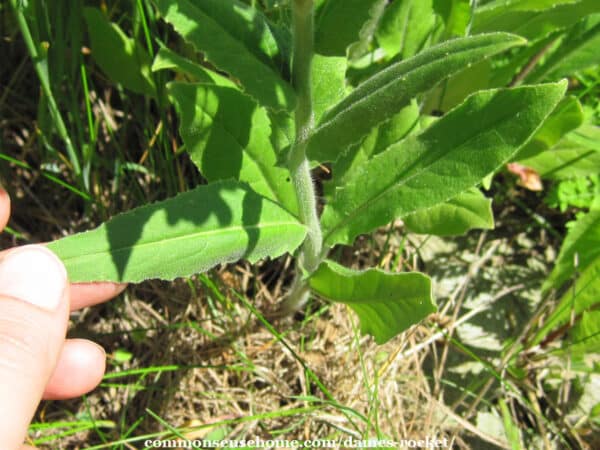
Leaves are attached in an alternating pattern up the stem.
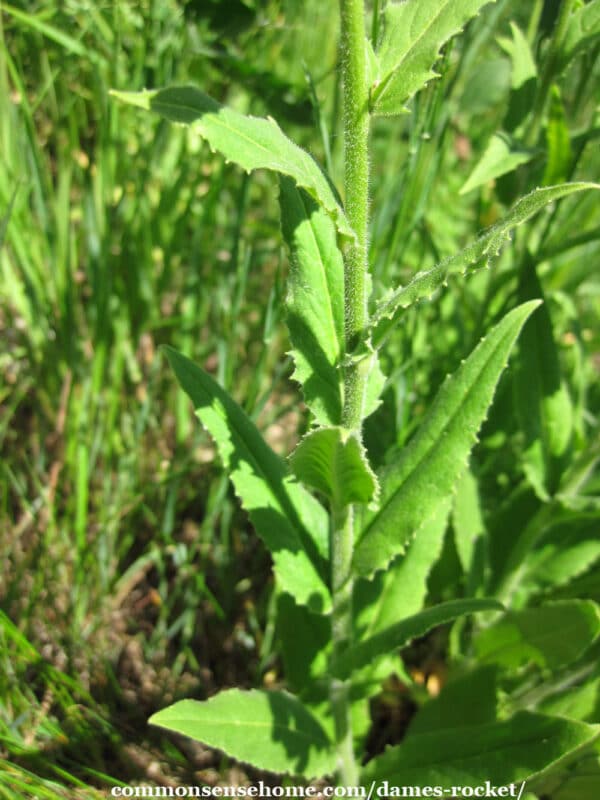
You may find it with other invasive plants, like garlic mustard. Although non-native, it is often added to wildflower mixes. (Please don't use these mixes, as it grows well enough on its own.)
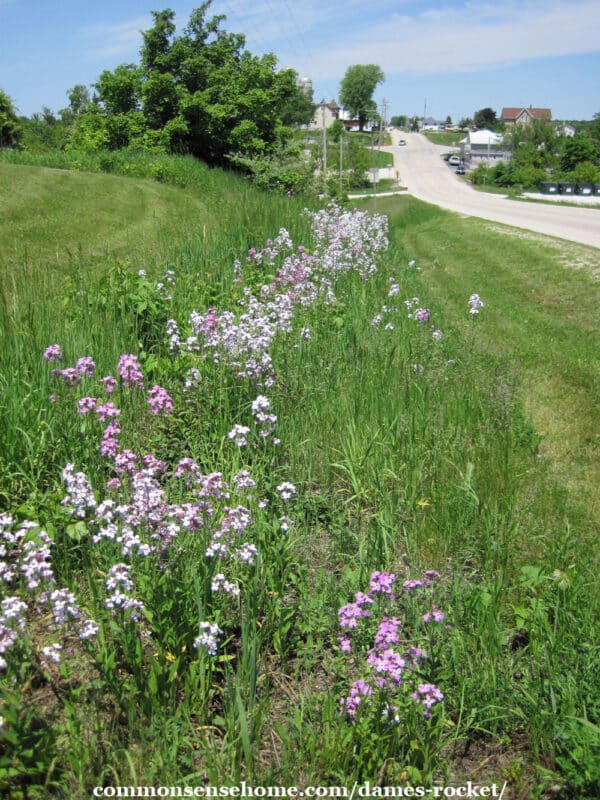
The flowers bloom for around three months in late spring, early summer. Cut back the flower heads to produce a second round of blooms.
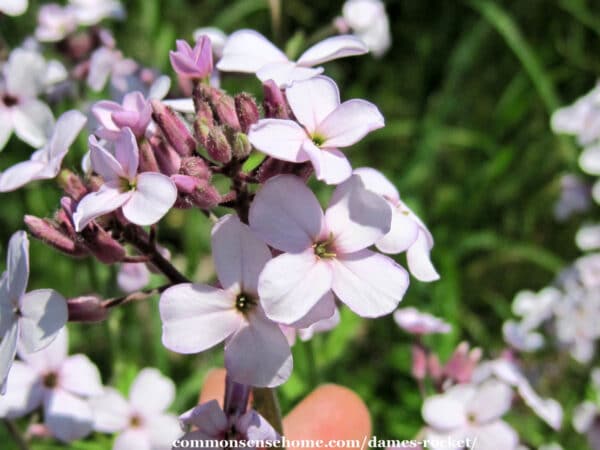
The flowers can be purple, blue or white. They measure 1/2 to 1″ across (1-2.5 cm). Remember, each flower has four round petals, as opposed to the five petals of native phlox.
Flowers are borne on stalks above the foliage. These stalks bloom from the bottom up. Small seed pods produce thousands of tiny, black seeds per plant.
It is in the mustard family (Brassicaceae), like Winter Cress (AKA Yellow Rocket, Barbarea vulgaris). All members of the mustard family have four petals.
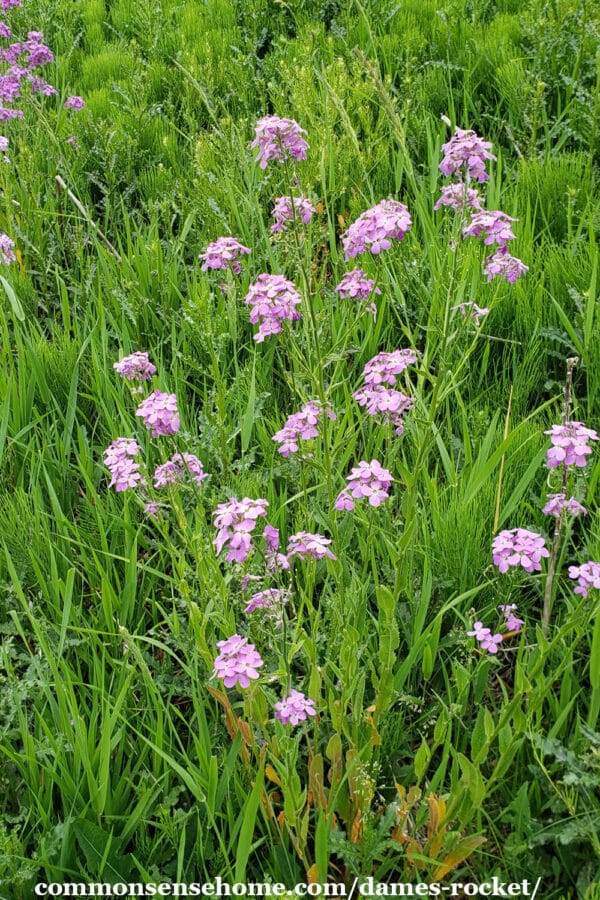
Dame's Rocket Uses
Dame's rocket is a popular nectar plant for butterflies, moths and hummingbirds. It's deer resistant, and not too popular with other browsers.
The leaves, seeds and flowers of the plant are edible, but best enjoyed in moderation. It's high in vitamin C, but excess amounts may cause vomiting.
Collect the young leaves in early spring for use in salads. They have a bitter taste, like mustard greens. As the plants mature, gather the larger leaves and cook them before eating. Cooking brings out the sweetness in the leaves.
To prepare the larger greens and flower buds, bring a pot of salted water to boil. (Use roughly 1 tablespoon of salt per quart of water.) Add the greens and cook for 5 to 10 minutes, until tender. Strain and serve with dressing or butter.
The flowers are edible, too, but retain their spicy mustard family flavor. Use them in salads and savory dishes and not desserts.
Dame's Rocket versus Phlox
Dame's rocket blooms earlier in spring than phlox, which doesn't bloom until summer or early fall. As mentioned, the flowers have four petals instead of the five of phlox. Hesperis matronalis has toothed leaves, while phlox has smooth leaves.
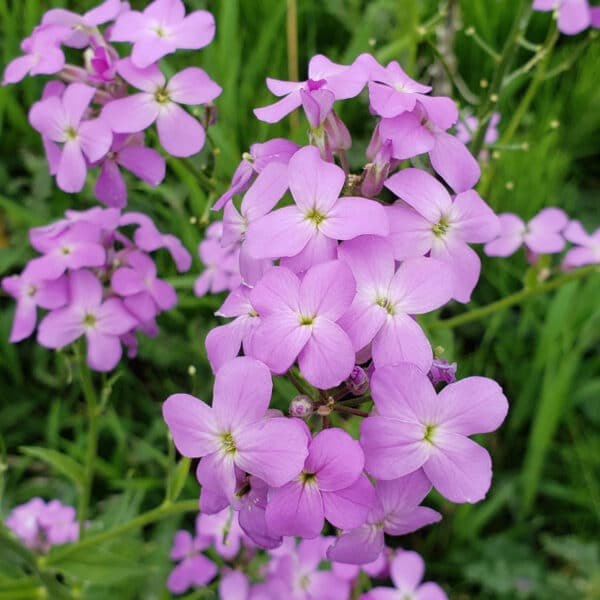
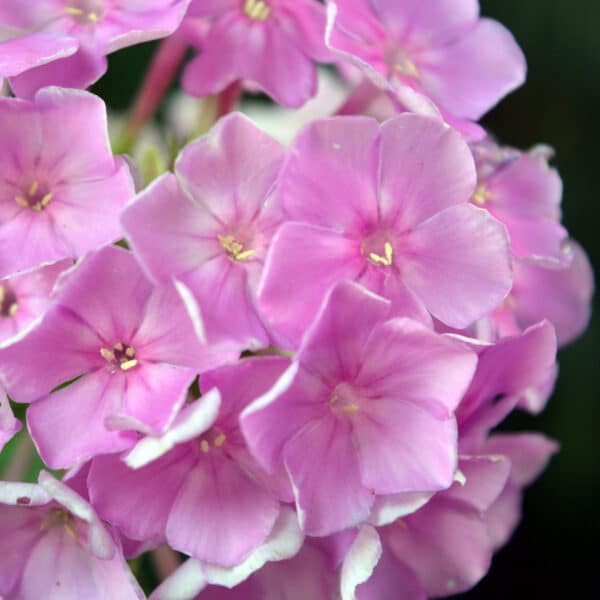
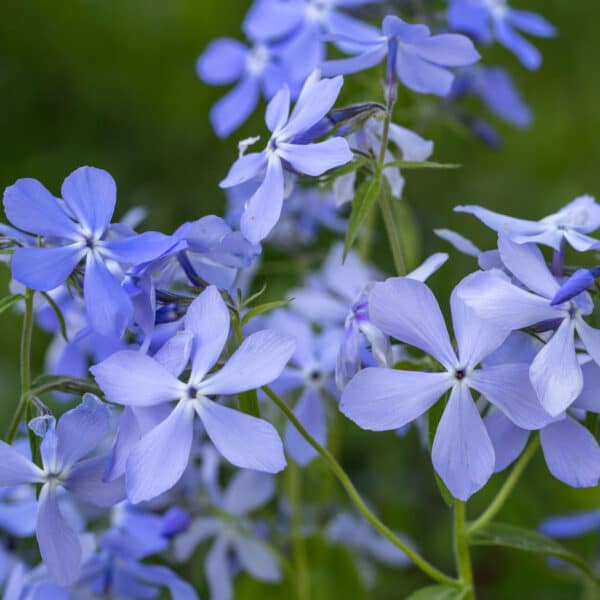
Invasive Species Alert
Dame's rocket is an invasive species, introduced to North America from Europe, and can displace native plants. Remove the plants before they seed out, or clip the blooms when they fade so they don't set seed.
This plant produces LOTS of seeds, so composting isn't a good choice for control once seed pods emerge. The immature seed pods can mature after pulling. (Roadside mowing may actually spread the seeds.) Safe disposal of seed heads in a burn barrel will ensure they don't take over the yard.
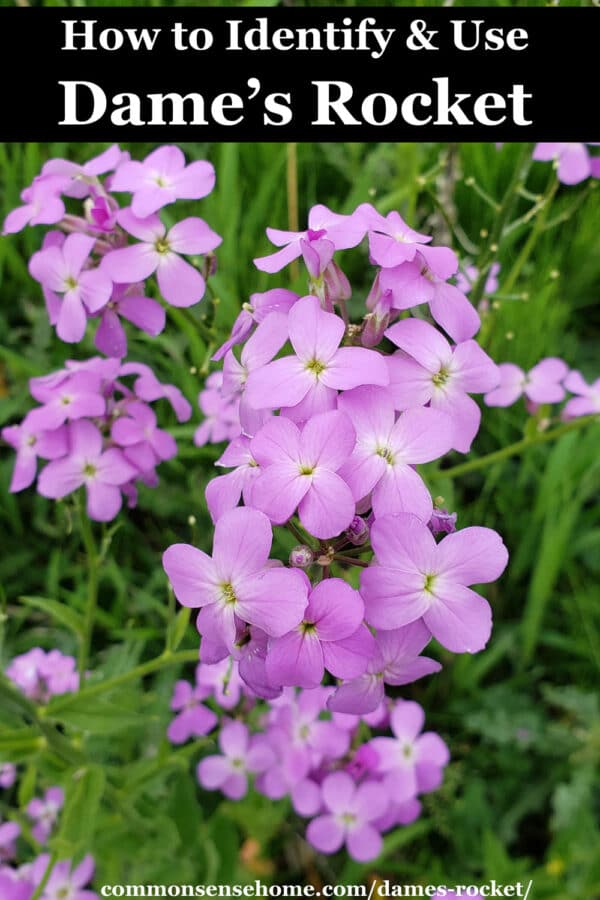
More Wildcrafting Information
This article is part of the Weekly Weeder series, which shares how to use wild plants for food and medicine.
Other articles in the series include:
Common Blue Violet – Identification, Use, Folklore
New England Aster – A Great Fall Nectar Source for Bees
Are Wild Strawberries safe to eat?
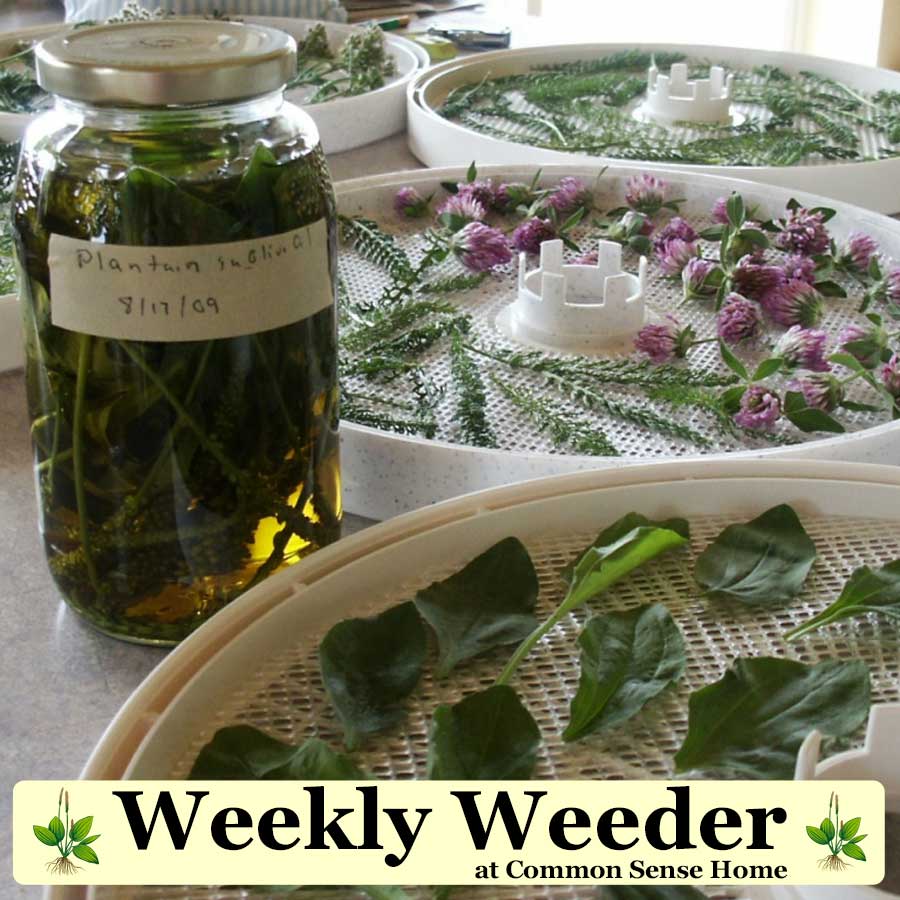

This article is written by Laurie Neverman. Laurie was raised on a small dairy farm in northwest Wisconsin, where she gathered wildflowers from the woods and pastures. Now she and her family have 35 acres in northeast Wisconsin, where they cultivate biodiversity with intentional plantings and semi-wild areas. Every season is a new opportunity to learn more about working with wild plants.
Originally published in 2013, last updated in 2023.

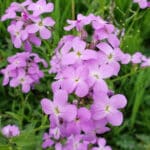
I have always loved the looks of those flowers along the roadside and ditches. Now I know NOT to plant them in my garden!
They are sturdy flowers, but they do tend to be aggressive spreaders. It’s better to opt for those that don’t spread all over, or plants native to your area.
Can you eat the roots of Dame’s rocket. Learn your land with Adam Heretic says the whole plant is edible. But I can’t find any info on the roots and stakes.
I have not been able to find any information on eating the roots.
I LOVE dames rocket but cannot get it grow once I transplant. Any suggestion on how I can do this?.
Janet erickson
There’s some discussion of this at Dave’s Garden: http://davesgarden.com/guides/pf/go/81/